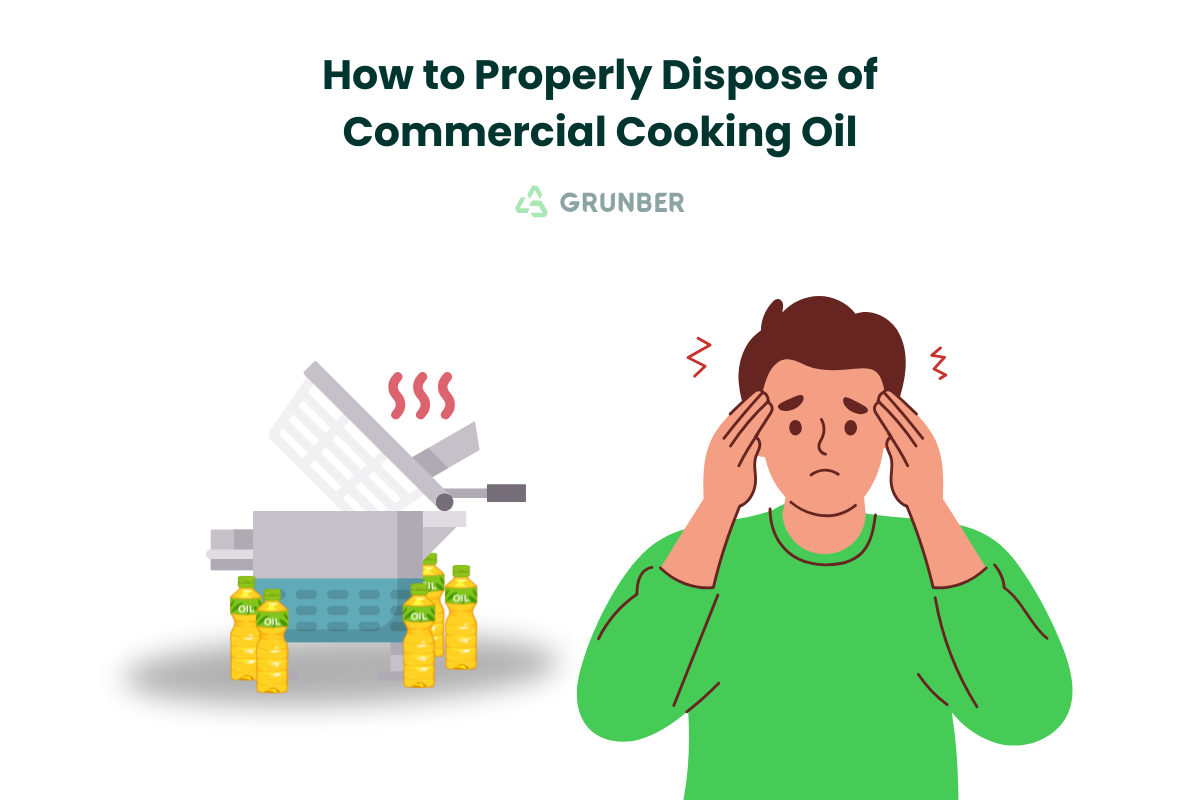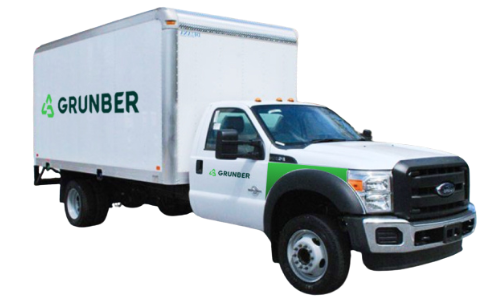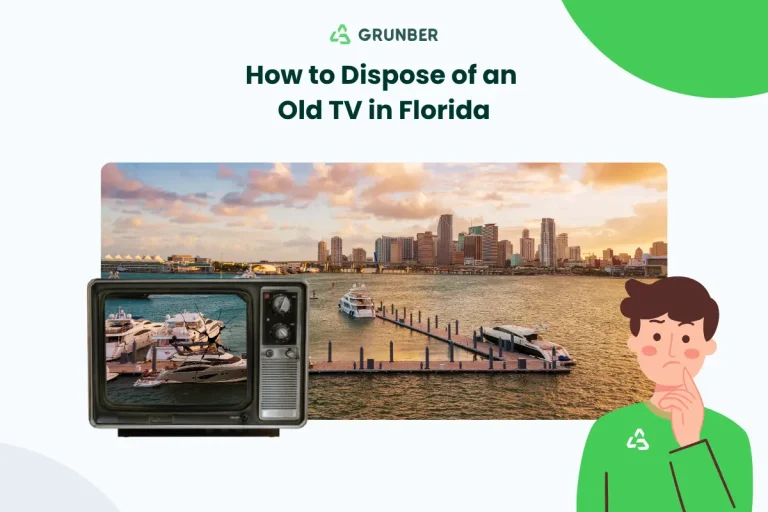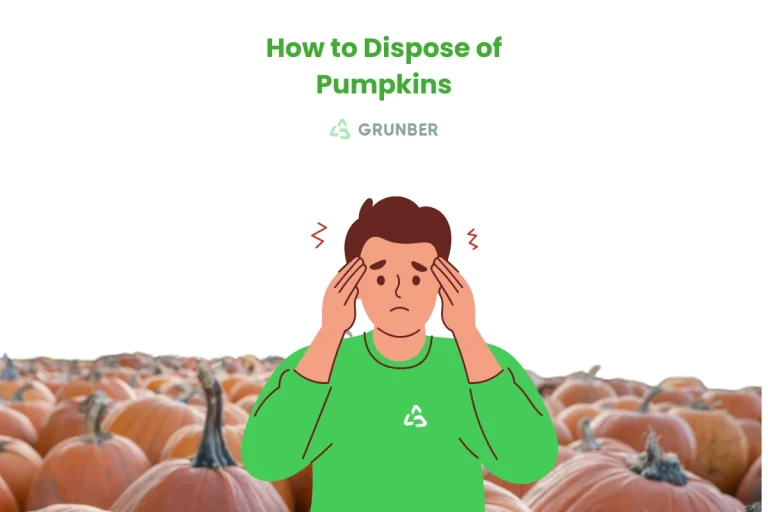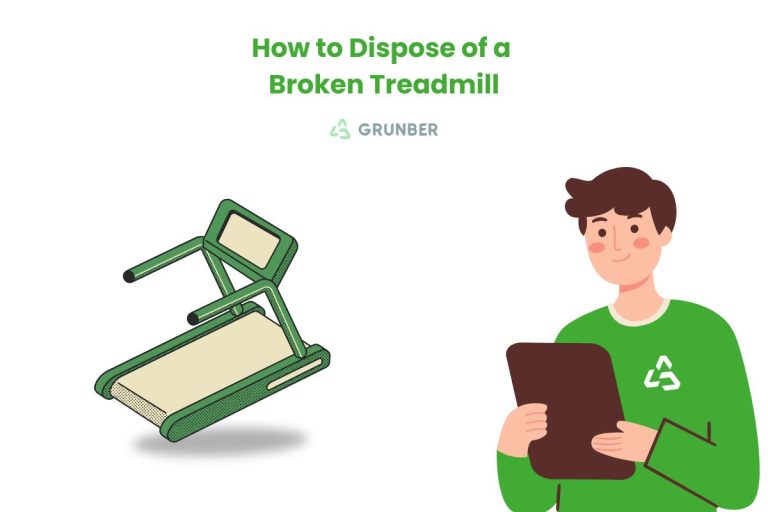Commercial deep‑fryers chew through ≈ 35–50 lb of oil per week per vat. If that oil sneaks into the drain it cools, congeals and bonds with wipes and debris, forming the notorious “fatbergs.” The U.S. EPA estimates 23 000–75 000 sewer overflows every year, and FOG is a prime culprit. Fallout for operators:
- Fines: anywhere from US $500 up to $10 000 per violation, depending on state and municipal rules.
- Health‑code closures: backed‑up floor drains breed mold and pests; inspectors can shut your kitchen on the spot.
- Insurance exposure: slick loading docks and flash‑point grease fires drive premiums sky‑high.
Speaking from experience—after pumping thousands of gallons of fryer sludge into Grunber trucks—staying ahead of grease management is always cheaper than post‑clog plumber bills or EPA paperwork.
You may also be interested in:
Confirm Local & State Regulations
Cooking‑oil rules begin with the federal Clean Water Act, but real enforcement happens closer to home. Here are three benchmark states, with citations you can hand to the compliance officer:
| State | Must‑Knows for Food‑Service Businesses | Statute / Guidance |
|---|---|---|
| California | • Register with the Dept. of Food & Agriculture (CDFA) as a grease generator. • Use only CDFA‑licensed transporters; manifests retained 4 yrs. • Many counties (e.g., Santa Barbara) require FOG permits and quarterly grease‑trap pump‑outs. | CA Food & Agric. Code § 19200–19280 |
| Texas | • Texas Commission on Environmental Quality (TCEQ) bans discharge of oil to municipal sewers. • Grease traps sized by flow rate; clean when FOG + solids reach 25 %. • Manifests kept 5 yrs; inspectors can appear without notice. | 30 TAC § 285 & “Grease Trap Maintenance” fact sheet |
| Massachusetts | • MassDEP delegates enforcement to local boards (Boston, Gloucester, etc.). • Annual FOG permit plus proof of pump‑out every 90–120 days. • Oil must move via licensed waste haulers; no co‑mingling with trash. | MassDEP FOG Guidance 310 CMR 7.00 |
Action checklist for any state:
- Call the local health department; request written FOG rules.
- Ask your transporter for proof of license, insurance, and end‑facility destinations.
- Keep digital or hard‑copy manifests in a binder behind the chef’s office door.
Recycling: Turning Waste Into Revenue
Processed cooking oil is formally traded as Used Cooking Oil (UCO) futures on the CME Group/NYMEX. Where it ends up:
- Biodiesel – ASTM D6751‑compliant fuel can lower life‑cycle CO₂ emissions by up to 86 %.
- Renewable jet fuel – Airlines worldwide are chasing 10 % Sustainable Aviation Fuel (SAF) by 2030.
- Animal & pet feed – After FDA‑approved heat treatment, the fatty acids boost caloric density.
- Industrial lubricants & soaps – A bio‑based drop‑in for petroleum surfactants.
Oil Storage & Transfer Best Practices
- Cool to ≤ 120 °F before handling to avoid container warp.
- Filter out food solids (crumbs accelerate rancidity and lower rebate value).
- Use a lockable bulk tank or rolling caddy with a self‑sealing feed hose.
- Secondary containment: Curbside barrels must sit in a spill‑tray per OSHA.
- Label clearly: “Waste Cooking Oil—For Recycling—DOT NR.”
Grunber supplies rolling totes for space‑constrained kitchens; our drivers swap them out and e‑mail the manifest before leaving the dock.
Grease Trap Maintenance—Your Hidden Compliance Clock
EEven if you recycle every drop, local plumbing codes still mandate a properly sized, routinely serviced grease trap. Follow the “25 % rule”: once the combined volume of FOG plus settled solids reaches one‑quarter of the tank, it’s time to pump.
Typical service frequency (rule‑of‑thumb—always verify with your city’s pretreatment ordinance):
| Cuisine type | Pump‑out guideline* |
|---|---|
| Quick‑service, heavy fry (e.g., fried‑chicken chains) | about every 30–45 days |
| Full‑service diner or bistro | about every 60–90 days |
| Vegan/low‑fry café | about every 90–120 days |
*Actual interval can be shorter or longer; the 25 % rule overrides the calendar.
Miss that window and emulsified fats skate past the baffles and head straight for city mains. Municipalities respond with FOG surcharges—sometimes US $1 000–10 000 per day—or, for chronic offenders, suspension of your food‑service permit.
Can I Solidify & Trash It? (Spoiler: Rarely)
Landfills prohibit liquids. Some jurisdictions let residents mix ≤ 1 gal of used oil with kitty litter. Commercial kitchens, however, produce hundreds of gallons monthly—well beyond any “household exemption.” Solidify‑and‑trash is therefore a non‑starter for restaurants, hotels, food‑trucks, ghost kitchens, and stadiums. Recycle or pay hazardous‑waste rates.
Why Hire a Professional Service?
Running a kitchen is hard enough—branding campaigns, labor shortages, third‑party delivery apps. Handing fryer oil to “a guy with a truck” is asking for surprise violations. A certified hauler like Grunber brings:
| Benefit | What It Means to You |
|---|---|
| Licensed, insured drivers | Zero liability if a drum spills on the interstate. |
| Digital manifests | Instant proof of compliance for inspectors and franchisors. |
| Same‑day pickups | No stinky barrels lingering behind the dumpster. |
| Nationwide coverage | One vendor, one invoice—whether you operate 1 store or 400. |
Beyond Oil: Total Commercial Junk Solutions
Used oil is one slice of kitchen waste. When you remodel or clear out storage, you’re staring at pallets, obsolete equipment, cardboard mountains, expired food, and sometimes refrigerants that require EPA‑certified handling. Grunber’s all‑in‑one commercial junk removal:
- Pallet & crate
- Compressed cardboard bales
- 24/7 emergency clean‑outs (health‑department deadlines don’t wait)
Let one call solve the entire back‑dock headache.


